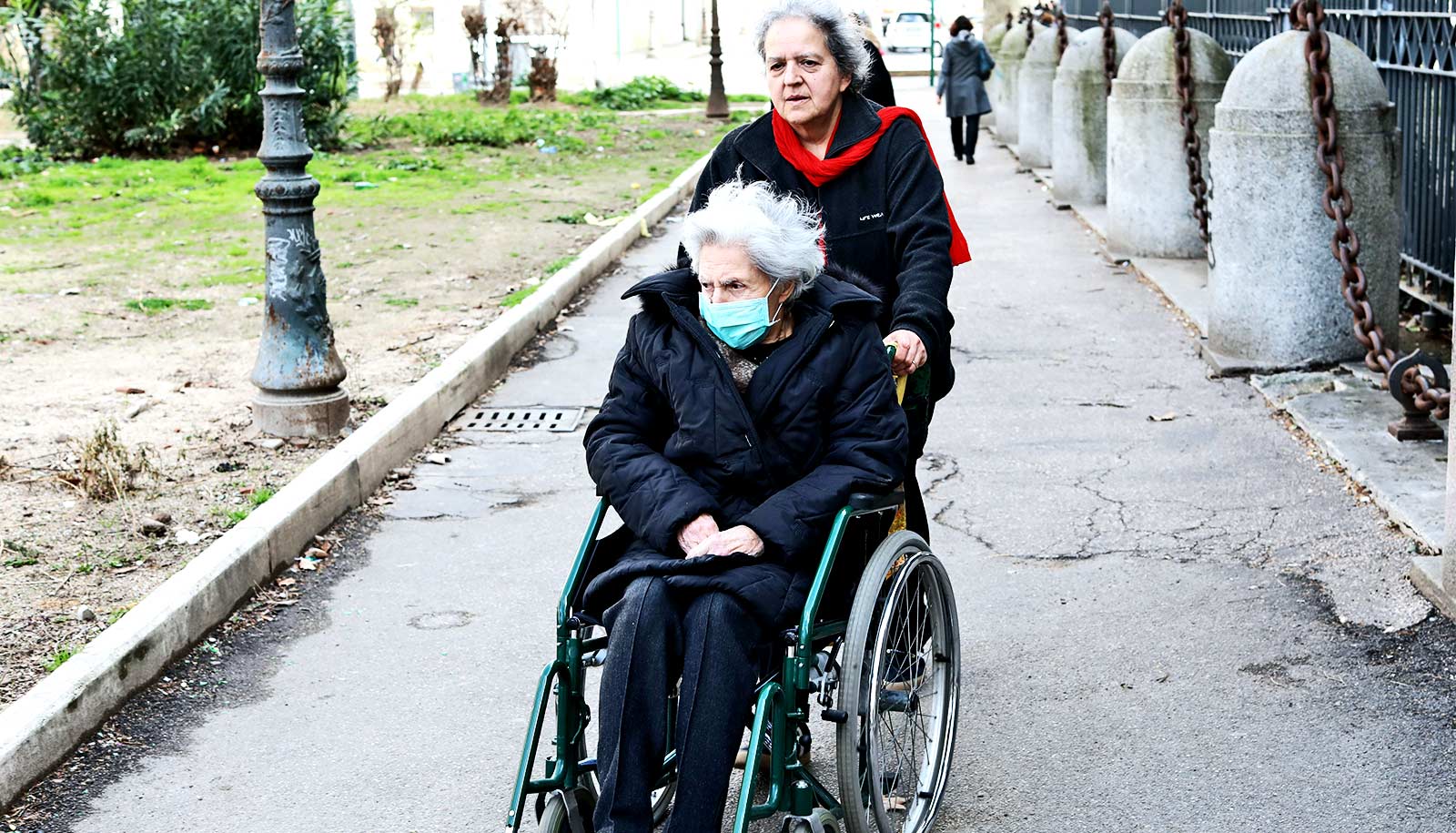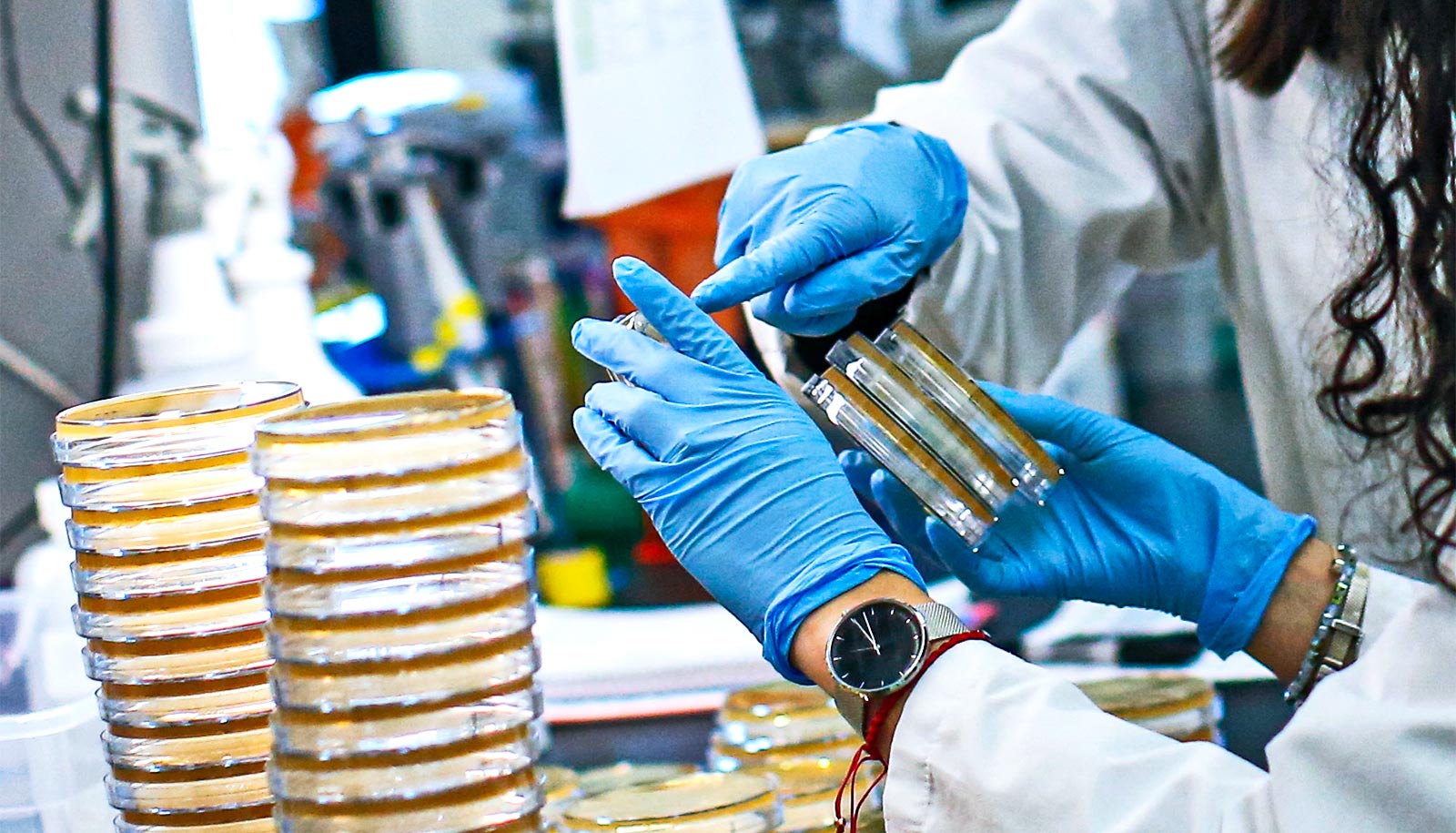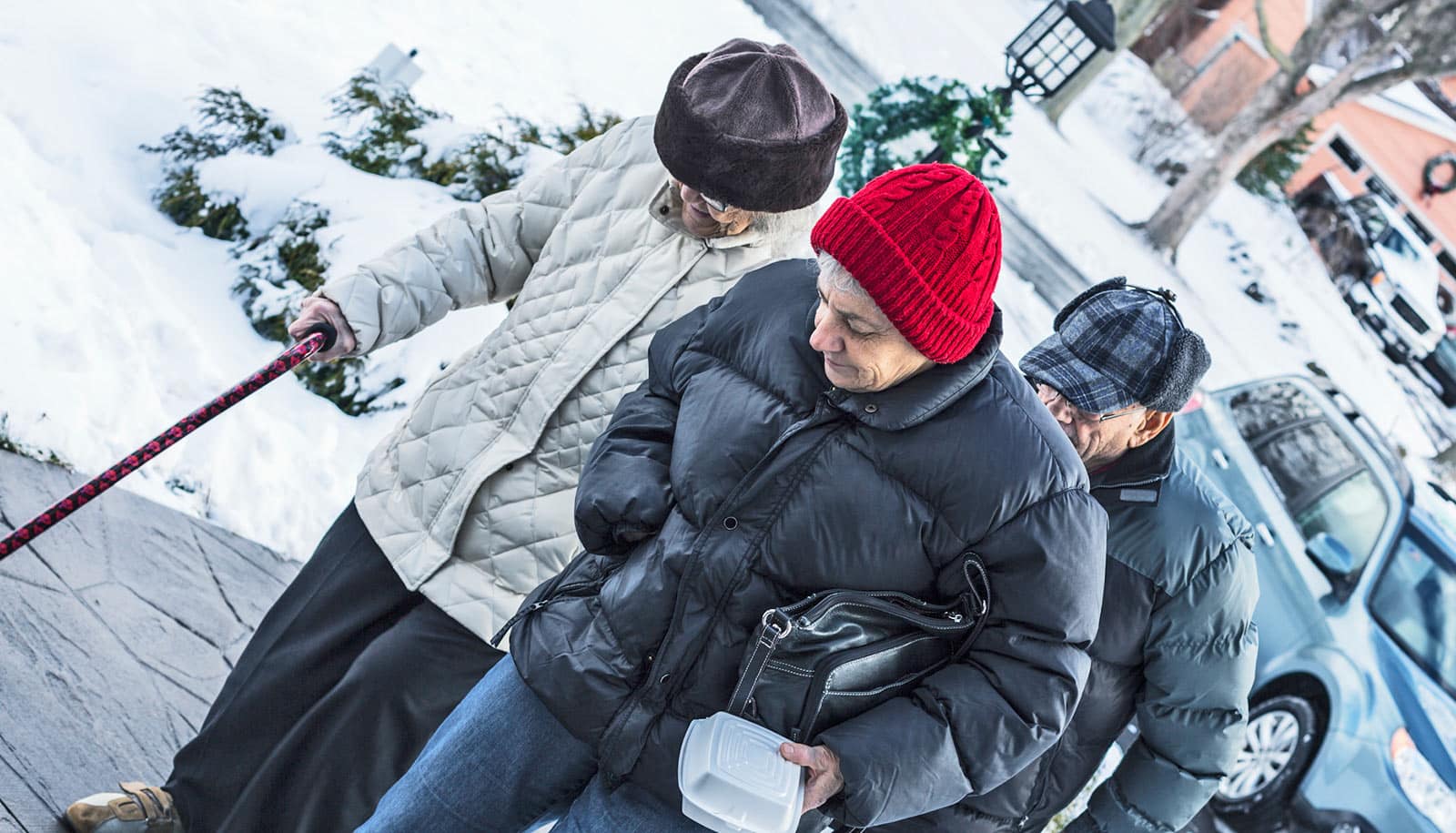While health experts in Australia work to prevent the spread of COVID-19, protecting older adults come with extra health considerations, new research shows.
Here, Professor Andrea Maier and Rebecca Madill, both of the University of Melbourne, explain how COVID-19 affects older adults—and what we can all do to protect them.
COVID-19 is a new virus, causing respiratory illness with flu-like symptoms such as dry cough, fever, and aches and pains.
But, unlike flu symptoms, which progress relatively quickly, the symptoms for COVID-19 may progress more slowly taking several days to get worse.
Although there’s still a lot of research being done, COVID-19 also appears to be more infectious and have a higher mortality rate than the flu.
But what does that mean for older Australians?
Less robust immune response
Firstly, you need to consider the immune response of individuals. We know from the flu that an older person’s immune response is not as robust as a younger one.
The immune cells in an older person’s immune system already have a lot of history. And each immune cell within the immune system can act only once to one virus or bacterium.
Once a cell has reacted to either a virus or bacterium they are “primed” to resist that infectious agent.
As a result, cells are able to create a “memory” of that infectious agent, meaning that in future the immune system will be able to react to that virus or bacterium very quickly and provide an immune response to defend your body against it. The cells that have not previously come into contact with a virus or bacterium are known as “naïve” cells.
So, if you are older and you come in contact with COVID-19, there are a couple of important things to consider.
Firstly, an older immune system has a decreased number of naïve cells left to respond to a new virus, so many older adults won’t have the immune capacity to react adequately to COVID-19.
Secondly, the COVID-19 virus is new and our immune system has not had previous contact with it. That means the body has not been able to produce any antibodies to fight it.
Therefore, if you already have an aged immune system and it doesn’t react adequately to the virus, then you are likely to experience more severe symptoms, as your body won’t be as able to cope with clearing the virus.
COVID-19 and other diseases in older adults
Older adults often have multiple diseases. In fact, 80% of people aged 75 years or above, have two or more diseases, known as multi-morbidity.
If an older adult has other diseases such as heart disease or diabetes, then they also have organ systems that are compromised.
So, when a new virus such as COVID-19 is presented to the body, the other organs also have to cope with the new disease. This means that the resilience of the entire system is diminished, putting older adults with multi-morbidities at a greater mortality risk.
Looking at statistics from overseas, we know that those who contract COVID-19 and who are:
- 65 years and older have a 4% mortality rate
- 75 years and older have an 8% mortality rate
- 85 years and older have a 15% mortality rate
On top of this, for those individuals that have cardiovascular disease or diabetes, mortality risk is higher in every age group, as opposed to those without these diseases.
Proactive measures work
Following the advice outlined by Victoria’s Department of Health and Human Services is an important step. This includes proactive measures that are in place now, such as hygiene practices and physical distancing measures, which will decrease spread and number of cases of COVID-19 across our community.
Standard hygiene precautions are important. Physical distancing measures are being implemented as it’s important to ensure that older adults are not in contact with someone who is sick. However, this can be hard for older adults, especially those who require support for their daily activities.
The downside, particularly in term of physical distancing, is that visits from friends and family will be fewer and this may leave many older adults feeling lonely, and at greater risk of social isolation.
We know from previous studies that if you are depressed, feeling lonely, or stressed, this can impact and weaken your immune system.
As the community moves through the next few weeks with COVID-19, it’s about having a balance of limited contact to stop the spread of the virus but also ensuring our aging population are well cared for, whether it’s family or elderly neighbors.
What can families do?
Older adults should stay home as much as possible, staying in their own environment for as long as possible.
This is also true for residents living in aged-care facilities. Stay in your environment where possible; aged-care providers and government will make sure it is as safe as it can be.
If you’re worried about an aging parent or grandparent and want to check on them, make sure you are not infected by COVID-19; prevention is paramount. If you are not feeling well, it’s simple, do not visit.
Beyond this, consider scenarios where you are unable to care for your loved ones and think about who could take care of older people. It’s about preparation at both an individual and societal level and building a network of caring options.
We have to be smart; how do we care for ourselves and others in society, not just physically, but emotionally?
If you are unable to visit someone, think about other ways you can connect with them; letters, phone calls, video calls—we know that video calls and visually seeing someone you care about has a great impact on health and well-being.
As COVID-19 progresses, it’s important to think about the role telecommunication, technology, and e-health can have to reduce social isolation and increase connection.
Reducing anxiety
Australia is in a very good position as we can proactively learn from the decisions and management of COVID-19 made by other countries.
Prevention is the most important approach when it comes to protecting our aged and vulnerable population. The preventative measures we currently have in place aim to slow the progression of COVID-19 in order to ensure that the health care system does not become overloaded. But there are extra considerations to take into account when it comes to older Australians.
Most importantly—take care of yourself, your loved ones, and your neighbors. But do it carefully.
Further information and advice in Australia is available from a dedicated COVID-19 Hotline: 1800 675 398.
Source: University of Melbourne



